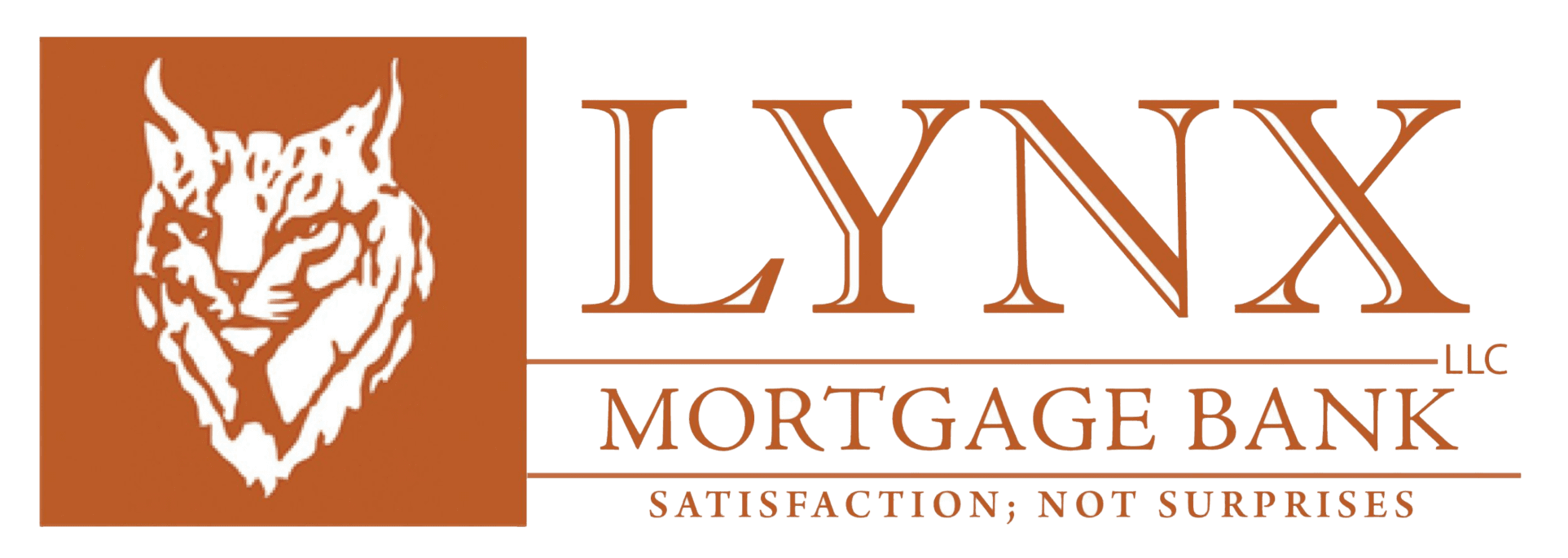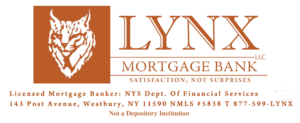Understanding Mortgages: The Reverse Mortgage
For homeowners age 62 and above, a great opportunity exists to make the most of your retirement years by accessing the equity in your home with a reverse mortgage. “What’s a reverse mortgage?” You ask. Well, see below and we’ll explain.
A reverse mortgage is a type of mortgage in which a homeowner can borrow money against the value of his or her home. No re-payment of principal or interest is required until the last surviving spouse leaves the property. These unique mortgages are structured so that the loan amount will not exceed the value of the home over the life of the loan. This is a superb opportunity to save money during retirement.
Reverse Mortgages have Many Outstanding Uses and Benefits:
- Continue to live in your home
- Pay off your existing mortgage
- Consolidate outstanding debt
- Repair or renovate your home
- Have a more rewarding retirement (vacations, purchases, travel, etc.)
Reverse mortgages are incredibly flexible and offer a variety different payout options to suit your specific needs. Examples include, lump sum, tenure, term, line of credit or a combination of each.
Potential Disadvantages
Not every mortgage is perfect, and understanding the potential disadvantages of a reverse mortgage will help you navigate any issues regarding your mortgage. Some disadvantages are:
- Fees tend to be higher than that of a traditional mortgage.
- Should you have to move out of your home permanently due to health or other issues, full repayment of loan would become due if you are out of your home for more than a year.
If you’re nearing your retirement years and looking for a way to maximize your income, speak to a trusted mortgage banker about a reverse mortgage.

Have a Question? We’re here to help.
Simply fill out the form below.
[contact-form-7 id=”805″ title=”Blog Contact Form”]

